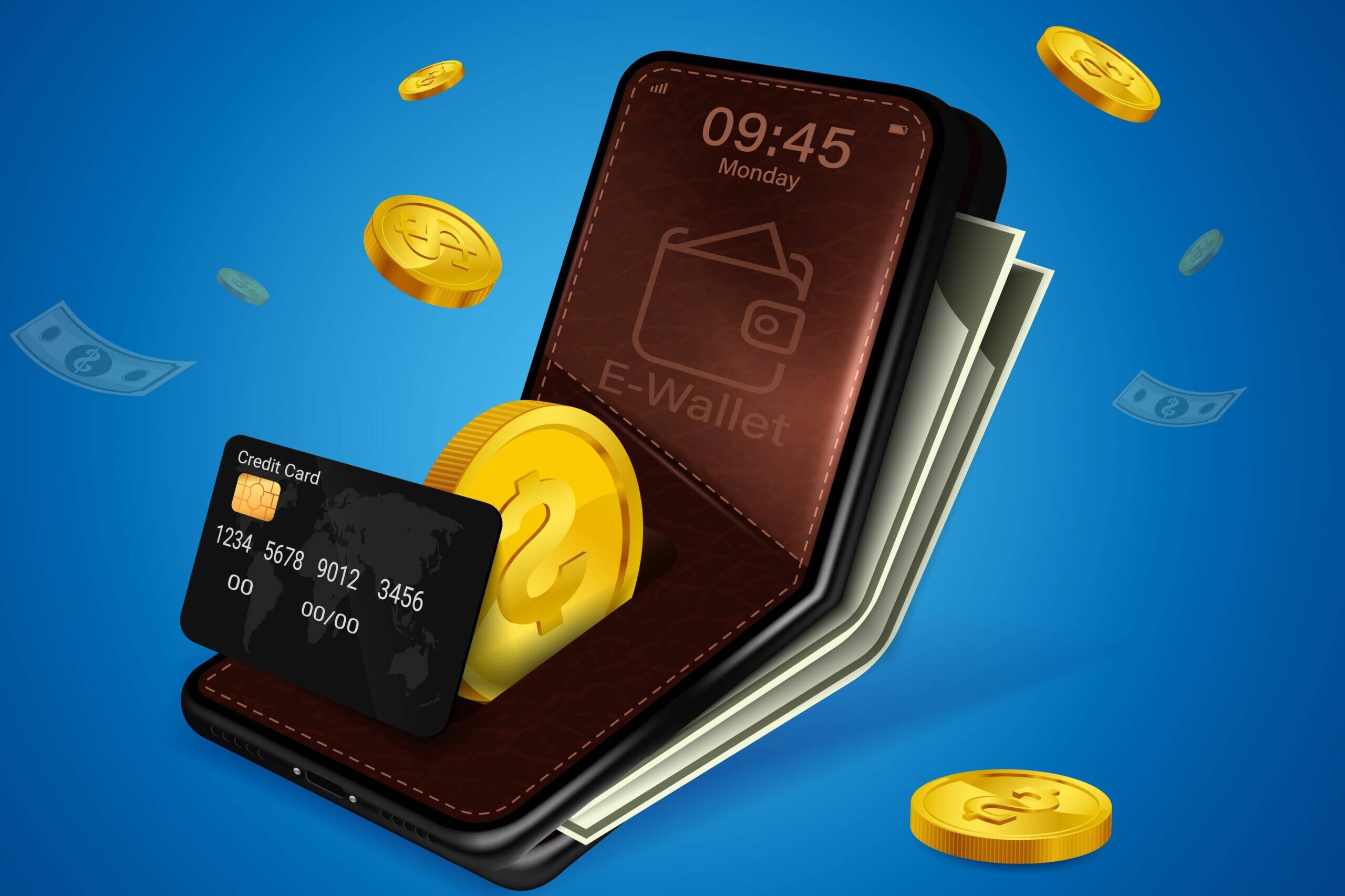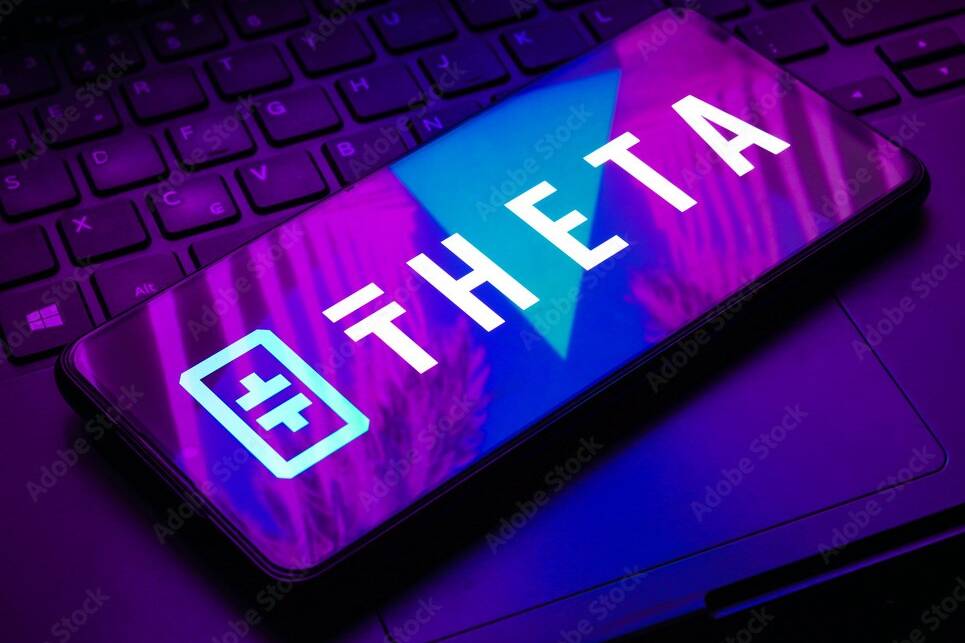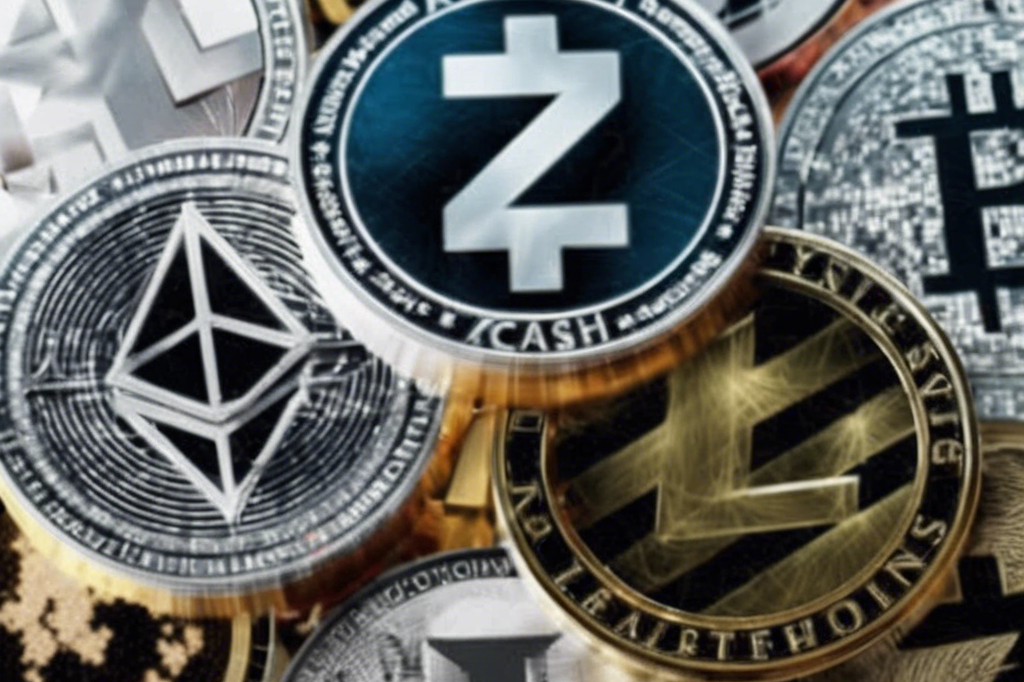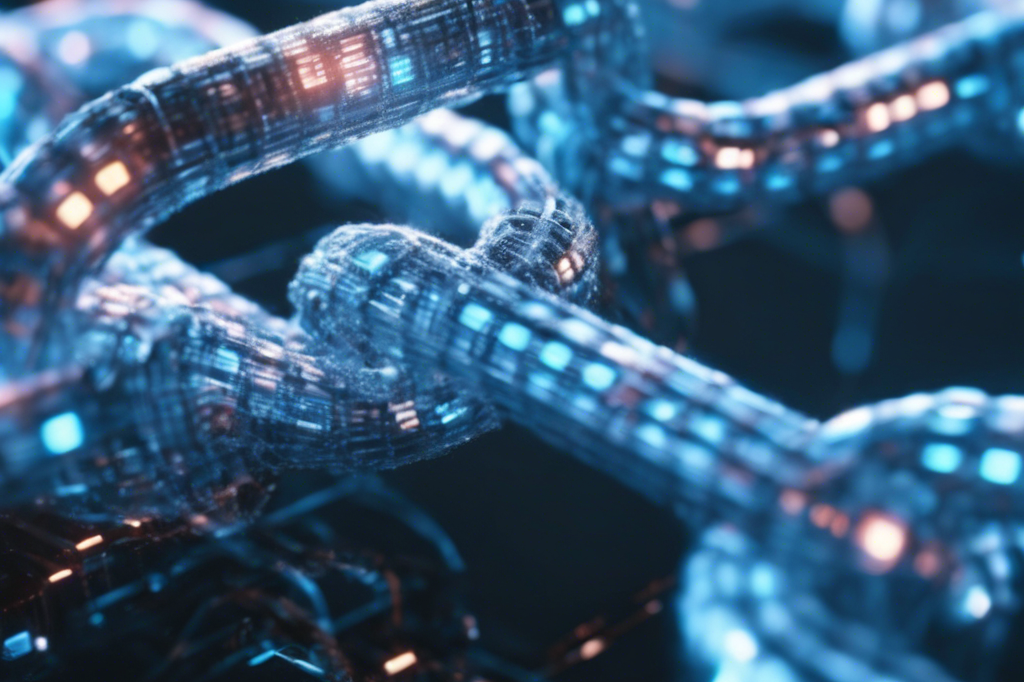April 5, 2024
What Is Bitcoin Mining and How Does It Work?
Bitcoin mining is the process by which new bitcoins are created and transactions are verified on the Bitcoin network. Here’s a detailed look at how it works:
Overview of Bitcoin Mining
- Creation of Bitcoins: Bitcoins are created through mining, which involves solving complex mathematical puzzles. Miners compete to solve these puzzles, and the first to solve it gets to add a new block to the Bitcoin blockchain, earning newly minted bitcoins as a reward.
- Proof of Work (PoW): Bitcoin operates on a Proof of Work system where miners use computational power to validate and record transactions. This requires significant computational resources, making the process energy-intensive.
- Mining Rewards: Initially, miners receive a fixed number of bitcoins as a reward for mining a block. However, this reward is halved approximately every four years in an event known as “Bitcoin halving.” The current reward is 3.125 BTC per block, and it will continue to decrease until all 21 million bitcoins are mined.
- Mining Difficulty and Hashrate: The difficulty of mining adjusts every two weeks to maintain a consistent block time of 10 minutes. The hashrate measures the computational power of the Bitcoin network. A higher hashrate increases the likelihood of solving the block and earning the reward.
- Energy Consumption: Mining requires specialized hardware called Application-Specific Integrated Circuits (ASICs) to perform the necessary computations efficiently. This process consumes a significant amount of electricity, leading to concerns about its environmental impact. Some miners use renewable energy sources to mitigate these concerns.
Process of Bitcoin Mining
- Transaction Validation: When a Bitcoin transaction is created, it is broadcasted to the network where nodes verify its authenticity using cryptographic principles.
- Inclusion in a Block: Verified transactions are grouped into a block. Miners compete to solve a cryptographic puzzle that involves finding a nonce (a random number) that produces a hash value meeting specific criteria.
- Adding the Block: Once a miner finds the correct nonce, the new block is added to the blockchain. Other nodes verify the block’s validity. The miner receives a reward for their efforts, consisting of new bitcoins and transaction fees.
- Network Fees: As mining rewards decrease, miners are also incentivized by network fees paid by users for transaction verification. These fees vary based on network traffic and transaction size.
Mining Farms and Pools
- Mining Farms: Industrial-scale operations with thousands of mining devices, designed to maximize the chances of earning mining rewards.
- Mining Pools: Groups of miners who combine their computational resources to increase their chances of solving a block. Rewards are shared among pool members based on their contributed hashrate.
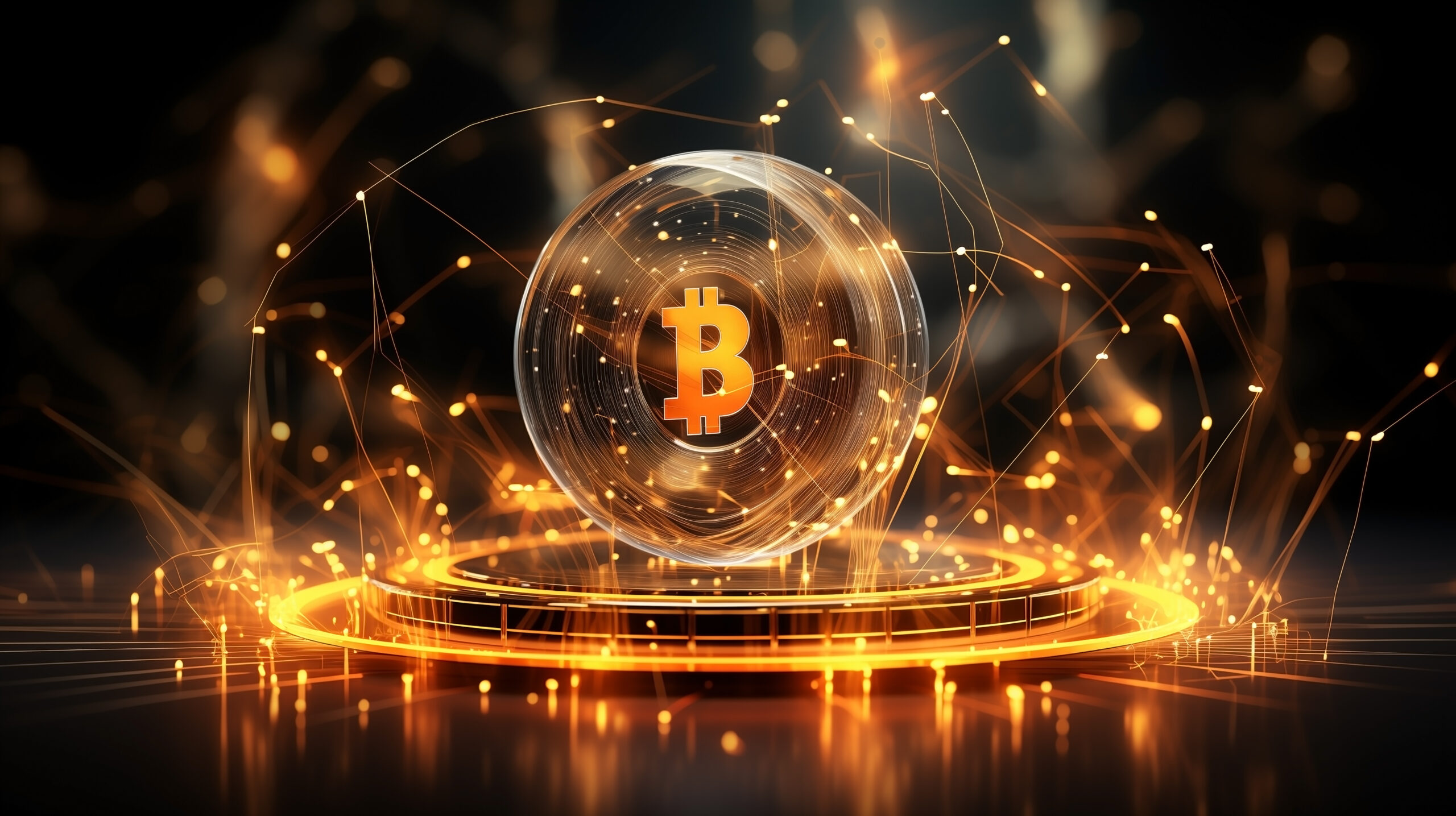
Challenges and Considerations
- Energy Consumption: The high energy consumption of mining operations has raised environmental concerns.
- Competition: The increasing difficulty and decreasing rewards make it challenging for individual miners to compete against large mining farms and pools.
Final Thoughts
As Bitcoin mining becomes more challenging and less rewarding over time, alternatives such as trading, lockups, and staking may become more attractive for earning cryptocurrencies. It’s important for participants to conduct thorough research and consider the costs and benefits before engaging in Bitcoin mining.

